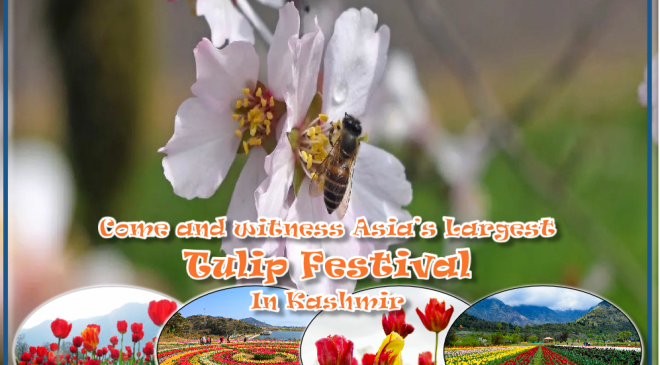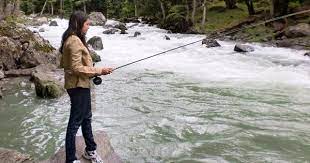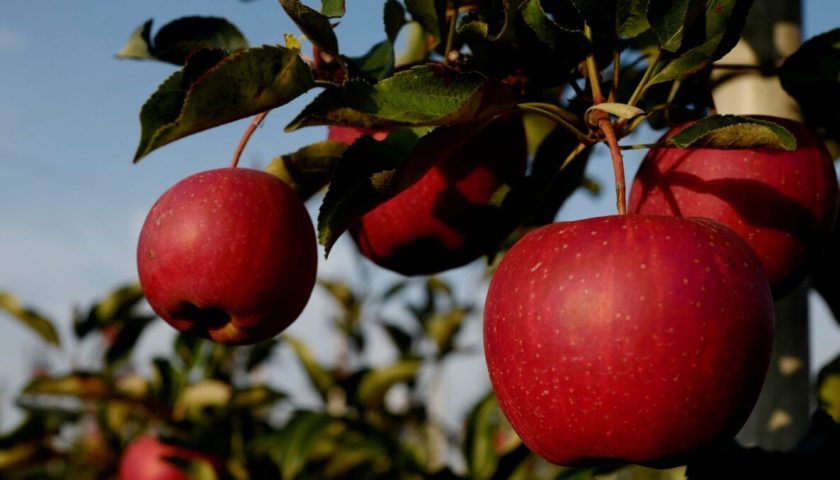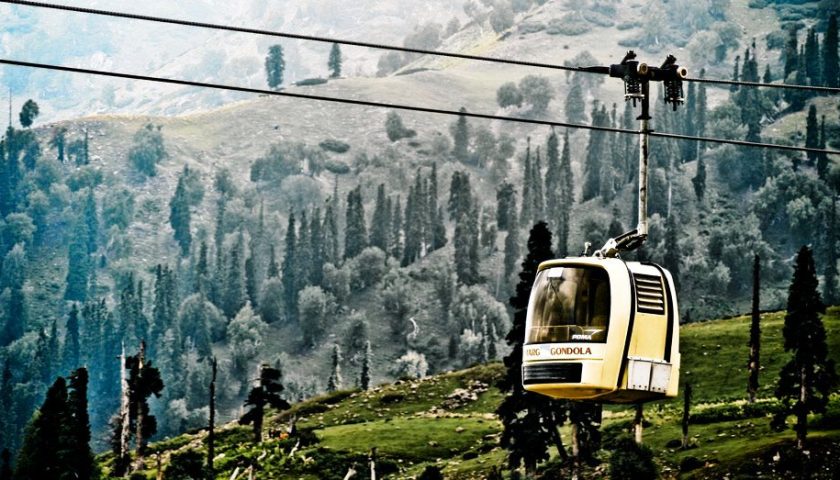Known as the angler’s paradise, Kashmir is famous the world over for its glistening mountain streams which are home to trout fish.
Other fish species living in lakes, rivers and streams of the Valley are the various species of local fish including Schizothorax plagiostmus, Schizothorax labitus, Schizothorax curvifrons (Sattar), Schizothorax niger (Algaad), Schizothorax planifrons (Chush), Schizothorax longipinnis (Dap Gaad), Triplophysa marmorata, Crossocheilus diplocheilus, Schistura punjabensis, Bangana diplostoma, Glyptothorax kashmirensis, Glyptosterun reticulum, Triplophysa kashmirensis and Botia birdi (Ram gurun).

Later introductions into Valley’s lakes and rivers are the common carp, grass carp, etc.
Interestingly, trout fish was introduced in Kashmir by the British to address the nostalgia of its officers posted in the Himalayan state. The first batch of 10,000 trout ova came to Kashmir in 1899 from UK due to the courtesy of the Duke of Bedford. Rainbow and brown trout were introduced by a Britisher, Frank K. Mitchell during Dogra Maharaja Pratap Singh’s reign in 1900.
In 1908, a trout hatchery was built at Achabal in Anantnag district from where eyed-ova of Brown trout were sent all over Kashmir. Shah Malik, who is into wildlife research, said: “To survive, trout needs temperatures between 0 to 20 degree Celsius. It cannot flourish in standing water and must have access to perennially flowing waters.
“It also migrates annually to the upper reaches to breed. In the wild, brown trout can be found in Lidder River, Brengi River and streams such as Madhumati and Ferozepur, among others in the Valley.”
Also Read : Do’s & Don’ts for your Kashmir Trip
Brown trout attracts anglers, particularly foreigners, to J&K’s high-altitude lakes and numerous snow-fed freshwater streams, making it an important part of the tourism industry. Fish species especially trout suffered maximum damage at the hands of the poachers who used all means including nets, bleaching powder and other agents to catch fish.
Thanks to the improving law and order situation, officials of the local fisheries department are ensuring that reserved trout beats are fully protected. In many cases, poachers have been booked and produced in courts of law. As the environment inside other various water bodies and reserved fishing beats improves, the numbers of wild trout in mountain streams of the Valley is again increasing.
Fishing in reserved fish beats is allowed through permits given by the local fisheries department and no angler can catch more than six fish during a day’s angling inside the reserved fish beats.
Trout-rearing units/hatcheries have been established in the private sector by individual farmers in almost all the districts of the union territory. The local fisheries department undertakes broodstock management to achieve better fertilisation during spawning.
Due to the large production of private and government-run trout hatcheries, Anantnag was declared the trout district of the Valley in 2018. Government-run Kokernag fish farm in the Anantnag district is Asia’s largest trout fish farm.
The angling season starts in Kashmir in April and ends in September. Although the number of anglers steadily dropped during the peak years of militancy, these numbers have started picking up now.
Trout fish farming is a Rs 100 crore industry and has been regularly growing with more and more farmers taking to fish breeding in the Valley. One of the best trout-angling beats is Brengi Nallah in the Anantnag district.
The Lidder stream in Anantnag and the Sindh stream in Ganderbal districts are known for the wild trout species living in these streams. Gurez, Kishenganga, Madhumati and a few other streams also contain trout fish.






